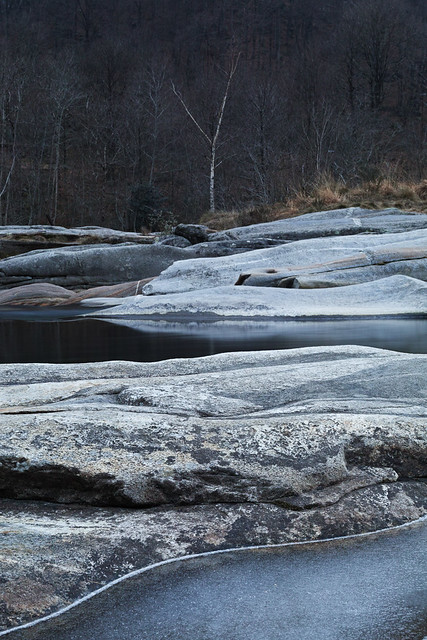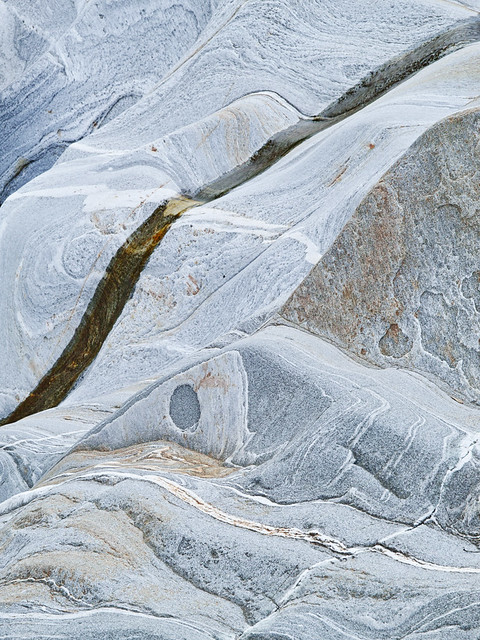Sigma sd quattro H
take it, or leave it ?
A couple of months ago I finally succumbed to the temptation of buying a Sigma sd Quattro H. Ever since the camera was announced, some years ago now, it intrigued me. As a sometimes delighted, sometimes frustrated owner of the Merrill and Quattro dp fixed-lens series, this new interchangeable lens Foveon sensor mirrorless camera seemed like something I could put to good use. Of course, it being a Sigma, things are not as simple as they could be. The camera is indeed mirrorless, and fairly compact, but it is designed to take Sigma’s DSLR lenses. This is not totally bad news, as the recent generations of Sigma lenses have been gaining a strong reputation for Zeiss-like levels of optical performance and build quality at a quarter of the price. Unfortunately, they are not a quarter of the weight, or the bulk, and a quarter of Zeiss prices is still a lot of money.
But anyway, here I am, with a sd Quattro H body (let’s shorten that to sd-H from now on), a 35mm f1.4 Art lens, and a 24-70 f2.8 Art lens. The latter is really huge. And now I need to be convinced all this was a good idea.

The Sigma sd Quattro H with 24-70 f/2.8 lens next to the Olympus E-M1 with equivalent 12-40 f/2.8
I have used the Quattro dp0 quite extensively, mainly as a “panoramic” camera with the 21:9 ratio. That, together with previous Merrill dp2 & dp3 experience meant that I was not blind to the potential issues. In suitable conditions these cameras can be jaw-droppingly effective, but the range of conditions that can be reliable considered suitable is narrow, to put it mildly.
Although the usual claim by enthusiasts of these Foveon sensor cameras is of remarkable resolution (which they have, but let’s not go overboard), for me the killer feature is (and again, in the right conditions), a film-like delicacy of colour and colour transition. This can justify me packing the dp0 Quattro as special-use secondary camera, but the question is, are the results clear enough to justify the sd-H and 24-70 lens, four times heavier and bulkier?
Before following up on that, let’s just have a quick recap of what the sd-H offers. There’s a full, in-depth review at DPReview, so I’m not going to spend much time on technical stuff here. The body is very well built, and feels like it cost more than it did. It is comfortable to hold, despite its unconventional shape. The controls are well laid out and easy to reach, although I would prefer the QS Quick Menu button to be in a similar position to that on the dp body. The menu is a paragon of good design - it’s a pity so few people will see it. The back of the camera has a typical Sigma quirk, with two screens side by side. The second, smaller one is used to display shooting parameters. And unlike the dp series, there is an electronic viewfinder, which is quite large and comfortable, but suffers from the difficulty of getting a high rate video stream from the Foveon sensor. Still, it is serviceable. Basically from an ergonomic point of view things are pretty good. Oh, and there is an option to produce linear DNG output instead of X3F Raw files, which means you can open them directly in Lightroom, etc. Although I’m not sure I’d recommend that. Oh, and the autofocus can only be described as “****** hopeless”.
I have used the sd-H properly now on 4 outings. One to Venice, which didn’t go well, two quick trips to the local Valle Verzasca, and just recently a long weekend in Tuscany. It’s still all a bit inconclusive. I got some nice results in Verzasca, but I was very constrained by the lack of Depth of Field preview. Also the lack of an orientable screen or finder can be very restricting. Basically it’s not a lot fun using the sd-H on a tripod, but generally that is where it works best.
this kind of detailed, softly lit scene is where the Sigma cameras do excel
For my trip to Tuscany I went well prepared. The area is one I know extremely well (I even published a book about it) and there’s absolutely no stress to get the shot, because either I’ve already got it, or I’ll get it next time. I also made a DNG colour profile for the camera, and took along my MacBook Air to be able to do some on the spot verification.
So, I did some handheld shots, and some tripod shots, initially all in DNG, and imported them into Lightroom. I was pretty disappointed. For example, the clichéd shots of Tuscan poppies were just smudges, with reds either overblown to flat areas with no detail or clipped to white. Just like digital cameras 20 years ago. A shot where the ISO crept up to 800 looked like some Chernobyl aftermath. Some shots were inexplicably soft (the 24-70 lens is stabilised, but it’s no Olympus), which I’d also noticed in Venice. And generally the resolution and sharpness was not impressive at all.
Foveon colour at ISO 800. Ouch.
Oh, and the classic Foveon green flare made a unwelcome appearence.

the classic Foveon green flare
But then… when I got home, I opened the same images on my desktop computer, which has a fully calibrated Eizo monitor attached to it, and there a rather different picture emerged (literally!). The overblown reds turned out to actually hold detail. The softness in some cases turned out not to be so soft. Some of the poppy field shots turned out ok. And the photos which I took in X3F format are technically not so catastrophic. So the lesson there is that perhaps my 2011 MacBook Air is not the best tool for evaluating image quality.
Foveon colour at ISO 200. A bit better.
Hardly a portfolio shot, but technically this one worked ok.
Since there was quite a lot of mountain bike touring involved on this trip, I didn’t limit myself to the Sigma. I also took my Olympus E-M5ii, with my old and travel worn 14-42EZ pancake zoom. This, unlike the sd-H, could happily travel in my backpack. Oh, the shots show a somewhat alarming softness on the right bottom corner, but if you don’t look too closely, the combination actually works pretty well. Of course, putting a “proper” lens on the Olympus narrows the gap quite a lot, making me question the sd-H even more.
When quickly reviewing photos to illustrate this post, I noticed some shots taken in previous years in Tuscany using the dp0. That camera has a smaller sensor than the sd-H (APS-C rather than APS-H), but a fixed precisely matched (and ultra wide) lens. And even as thumbnails, the shots just pop off the screen. I expected the sd-H, with Art lenses, to have the same effect, but so far, it doesn’t. I’m not quite ready to put it on eBay, but as it stands at the moment it could not justify its place in my camera bag on a real trip. I guess we still need to work on our relationship.
This is beginning to get there.


















